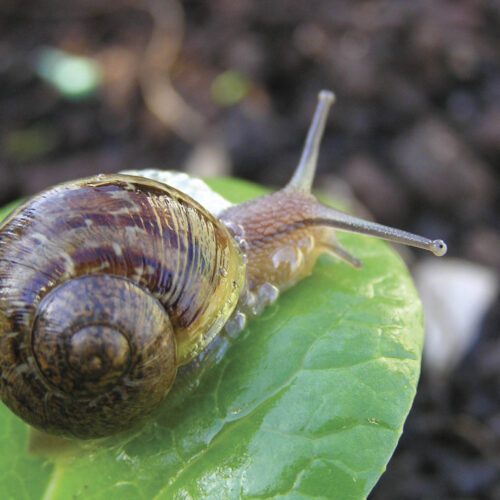Dirty Dozen list isn’t dinky-di
2011-06-24T06:16:38+10:00
Australians shouldn’t read too much into pesticide residue figures from the US, reports SIMON WEBSTER.
The Dirty Dozen and the Clean 15 – lists of the worst and best fruit and vegetables in terms of pesticide residues – are published annually in the United States by a non-profit organisation, the Environmental Working Group.
The 2011 lists have apples as the No.1 baddie and onions as the least harmful of conventional produce. But how relevant is this to Australian fruit and veg?
Not at all, says Dave Forrest, a TAFE lecturer in organic farming and the president of the Tweed-Richmond Organic Producers Organisation in NSW.
In Australia, crops are grown in many different regions, using different chemical regimes. America’s produce is much more homogeneous: 80 per cent of the nation’s lettuce, for example, comes from the Salinas Valley in California.
“The US has large-scale supplies coming from consistent sources,” Forrest says. “Here there’s much more variability.”
For example, low-chill stonefruit grown in northern parts of Australia tends to have more chemicals used on it than southern-grown stonefruit. The same can be said for apples.
Comparing apples with apples is like comparing apples with oranges, so to speak.
So how can a consumer choose the least pesticide-contaminated produce? Forget thinking you are safe by washing produce or choosing fruit that needs peeling.
“There is an increasing use of systemic chemicals,” Forrest says. “Every cell in the fruit contains the chemical. It can’t be washed off.”
He also warns against trusting conventional produce that is cooked. While cooking for long periods can break down some chemicals, it won’t necessarily get them all, and it also tends to reduce the nutritional value of food.
Basically, the only safe thing to do is eat organic, says Forrest. “In chemical production systems there isn’t really any produce that is clean of pesticide residues.”
Photo: SIMON WEBSTER





